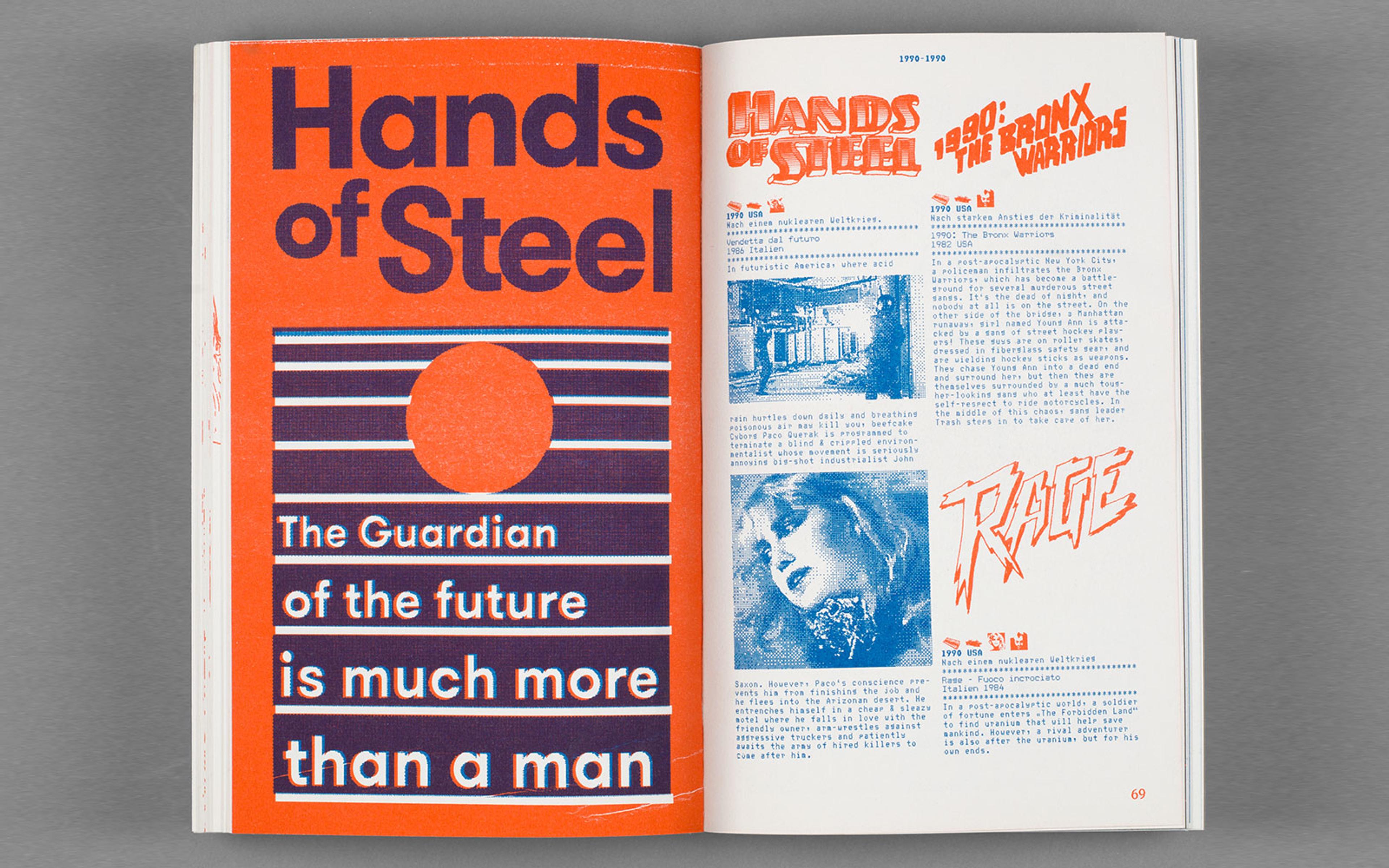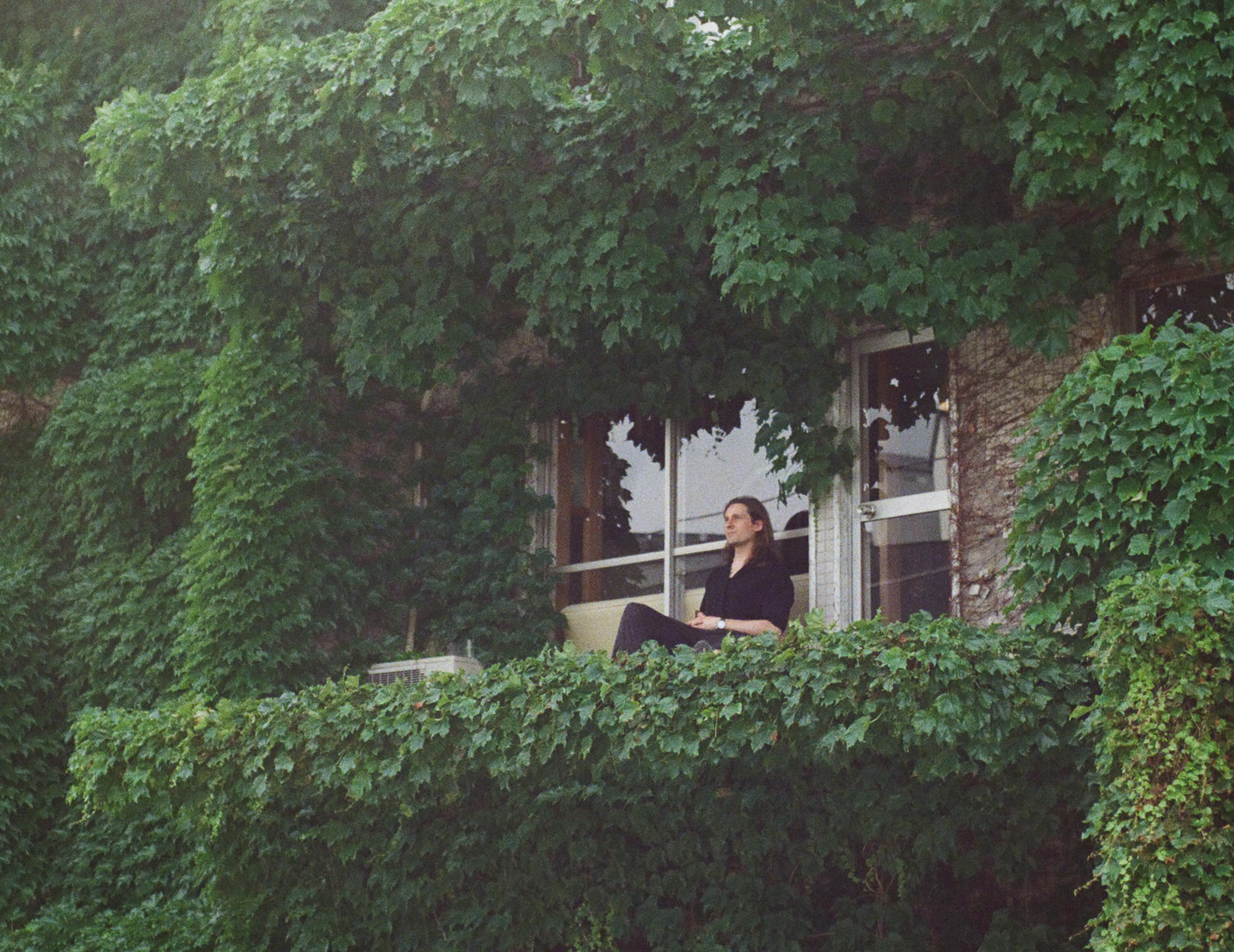INTERVIEW case#51 We Work HERE “Sakura blooms bring Noël and renewed connections at MIDORI.so”

When sakura buds start dotting the trees around Tokyo, this precursor of spring isn’t just a reminder for us to dust fans and dig out airy cotton tops from the back of the closet. At MIDORI.so, it means that we will soon be greeted with Noël’s big bear hug, hear his bright “ohayo” in the morning, and chat over caramel lattes after community lunch. As a longstanding member of the community, he has witnessed it evolve, but maintain its role as a central node in the creative community. He shares how it has influenced not just his experience of Tokyo, but his social world and international lifestyle.
Writer / Interviewer / Photo
Carina Fushimi is a designer, editor, and former MIDORI.so Community Organiser. She publishes a seasonal photo newsletter called hey how are you.
How did you find out about MIDORI.so around a decade ago?
When I came to this city, I didn’t know anybody and I didn’t have a plan. I booked a one way ticket to Tokyo and thought, let’s see what happens here.
Tokyo doesn’t really have a center — it’s a huge sprawling mega city and I felt lost. I was living in quite a gnarly house where I could barely fit my laptop on my desk. I started looking for work spaces, but most of them felt sterile, anonymous, and businessy. The environment was a creativity killer for me.
I decided to reach out to a friend, who then introduced me to a textile designer at MIDORI.so. When I visited and saw the outside, I thought this can’t be right. It seemed like an abandoned building. But then I realized this is where I want to be. My experience in Tokyo took shape after that. In this city, I think everything happens through people giving introductions or helping you.
It’s funny how MIDORI.so can appear cold or confusing at first. You need to have this curiosity to go deeper to discover that it’s warm inside.
The management makes sure to maintain a healthy balance of things.
In general I’m not really a fan of the co-working lifestyle. A lot of places feel too globalized, organized, and proper. They don’t have so many edges.
This place is a good balance of not just being one thing. It’s a nice balance between a workspace and a living room; business-oriented to totally artistic people; English and Japanese speakers. It’s a sweet spot.
It’s quite a delicate equilibrium. Sometimes it shifts in one way, but eventually it comes back to a balanced mix of people.
And I hesitate to call it a co-working space because it’s so different. It’s more of a community. Then again, there are many places that say they have a community, but then you go and no one is talking to one another, so even “community” doesn’t quite capture it…
It also depends on what you consider a community. When I talk to people, they have a genuine curiosity about what I’m doing and it’s not mainly about my work, whereas in a lot of coworking spaces, interactions can be ambiguous because there’s usually an underlying business interest. When the main focus is, “If I socialize with this person, is it beneficial for my business?” it’s not comfortable.
MIDORI.so is a place where people really come to hang out and a lot of people that I’ve been fortunate to meet seem to connect back here. It’s a hub where all dots connect.

Do you tend to be drawn to a place for the people and community?
I’m not based anywhere in particular at the moment. I often go somewhere where I don’t speak the language natively or at all. I try to engage and get a peek into day to day life — how social norms and values function, and what the cultural peculiarities are. For that you need connection to a community.
A lot of things seem to be organized around micro-communities in Tokyo. For example, maybe it’s a bar that is dedicated to the Rolling Stones. It has a unique patronship of people who show up every Friday. You can really celebrate a particular interest, and then form a community around it here. But it can be rough if you’re by yourself and out of the loop.
For me the most surprising thing is that I thought I was going to the biggest city in the world. In Switzerland, we have these stereotypes of anonymity, images of people getting shoved into a subway car. I expected to get totally lost in this endless city. Now I look at Tokyo and I think, wow, this is a village. You meet someone and they’re connected to this person and that person. Sometimes it makes you think, are there really 35 million people here?
Yes, creative communities seem particularly interconnected here.
To your point about micro-communities — I think what keeps them alive is consistency and revisiting the same place over a long period of time and slowly building a relationship with it, as you have been doing here. What initially sparked your curiosity for creating bases in different cities?
When I graduated from art school, I felt lost because I realized that I was incapable of working in a firm as a graphic designer. In the only position I’ve ever held in my life, they wanted to fire me after six weeks. I was difficult to work with; I had my own ideas and I wasn’t used to the nine to five schedule. Around then, a friend suggested a trip, so we traveled through Eastern Europe and further east. One of the destinations was Russia and I had no idea what it was going to be like. I was exposed to strong, mainly negative or weird stereotypes when I was growing up, but my experience there wasn’t what I thought it would be at all. On that trip I discovered new cultures that felt really different, but also familiar, hospitable, and amazing. It gave me a lot of motivation because it was a challenge and something new.
I was reminded of this years later. I co-founded a design studio in Zürich and after a while, when we could make a living off it, my business partner decided to move to New York. Then I was alone in our studio in Zürich. We had this silver espresso machine, designer furniture, and interns. Our office happened to be next door to my senpai, an ideal graphic design studio who were my heroes as a student. Suddenly, they were studiomates and I sometimes had lunch with them. It was everything I wanted when I started graphic design, and then it became my normal. I thought, what do I do now? I needed a change.

Would you say your design practice has taken on more of an international perspective as well?
Yes, and I think it has to do with both my own interests and also with the field that I’m operating in, typography. For me, language, typography, and culture all blend together. Also, if you’re interested in something, you subconsciously steer in that direction. And the more that happens, the more your day to day starts to be influenced by it.
I’ve also started thinking about what nationality or culture actually is and questioning social constructs. Society makes you think a Japanese person is so different from a Swiss person, and creates all these conceptions of separation in your mind. For me, someone from Mexico City, Tokyo, or New York can be more relatable than someone from my hometown who speaks the same language.
So you try to identify common values as opposed to seeing people through the filter of nationality?
I see it all as stories that we tell each other or that are told about us. In a way, stereotypes are just stories, but they have a way of reinforcing themselves. Sometimes they are true to a certain extent, and sometimes I like to play on them a bit.

Well, thank you for trusting me to tell part of your story.
Here’s a final question MIDORI.so likes to ask interviewees: What does work mean to you?
I like the word for work in my native tongue, Swiss German: “schaffe.” Its meaning isn’t properly translatable to English, but the dictionary usually translates it as “to create.” I think that neatly sums it up for me. For me, work is the act of creating something out of nothing.

For me, Noël’s story is a reminder that while feeling lost can feel negative in the moment, it can be a powerful catalyst to change and spark curiosity to explore new environments. When curiosity drives us, it can lead to serendipitous encounters that can set off a chain of events, ultimately shifting your day-to-day and shaping your life. It also helps us find affinity with others who may appear different on the surface, feeding that comfortable feeling that is characteristic of MIDORI.so.
Noël
Co-founders of the Swiss design studio and type foundry Grilli Type.
Noël one of the co-founders of the Swiss design studio and type foundry Grilli Type. He works with the often invisible, but omnipresent world of typefaces, which shape the meaning and feel of the information we consume.
MIDORI.so Newsletter: